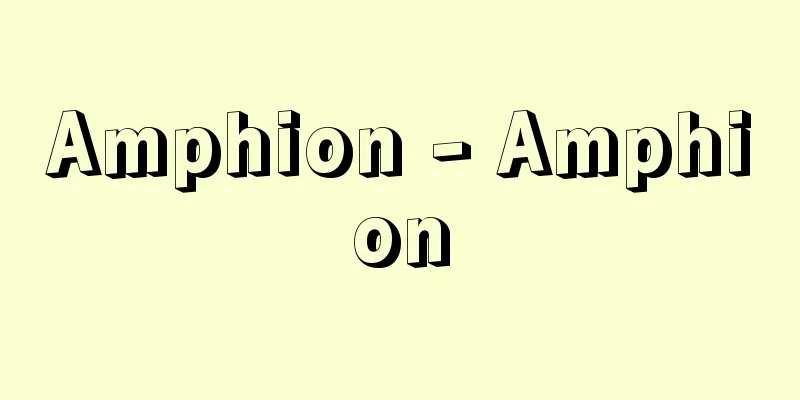Hair tied up - Sokuhatsu

|
A type of hairstyle. It is a hairstyle for women that is easy to tie and does not require much effort, and it is the origin of Western hairstyles in Japan. Traditional Japanese hairstyles required sticking out the forelocks, sideburns, and tails, and then tying a topknot on top of them, which was very time-consuming. In addition, people slept using a box pillow, and used paste oil called bin-tsuke-abura for hair oil, which was unhygienic, uneconomical, and made it difficult to get a good night's sleep. Certainly, Japanese hairstyles, which used combs, hairpins, and kanzashi hairpins, as well as dyed hand ties, and many other hair accessories, may have been beautiful, but when you think about daily life, there was nothing more inconvenient than this. Concerned about this, in 1885 (Meiji 18), doctor Watanabe Kanae and economic magazine journalist Ishikawa Eisaku jointly founded the Dai-Nihon Fujin Hairstyle Association, and advocated the benefits of an easy-to-do hairstyle as an alternative to traditional Japanese hairstyles. This hairstyle became popular among female students, partly due to the influence of the Rokumeikan era at the time. For this hairstyle, the hair was washed and conditioned with perfumed oil, then divided into two parts from the center of the forehead, tied once at the back of the head, braided, and then tied into a topknot, resulting in styles such as "Western hanging hair," "Western updo," "Margaret's hair," and "Italian knot." The "Yakai-maki" was one hairstyle that emerged from this. [Takeshi Endo] [Reference] |Source: Shogakukan Encyclopedia Nipponica About Encyclopedia Nipponica Information | Legend |
|
髪形の一種。あまり手間がかからず簡単に結える女性の髪形で、わが国の洋髪の端緒をなすものである。従来の日本髪は、前髪、鬢(びん)、髱(たぼ)を張り出して、その上に髷(まげ)をつくるというたいへん手間のかかるものであった。これに加えて箱枕(はこまくら)を用いて睡眠をとり、髪油は鬢つけ油という練り油を用いたので不衛生、不経済であり、安眠もとれないという不便があった。確かに、櫛(くし)、笄(こうがい)、かんざしに加えて、絞りの手絡(てがら)をかけたり、たくさんの髪飾りを用いた日本髪は、美しいものであったかもしれないが、日常生活を考えると、逆にこんな不便なものはなかった。このことを憂い、1885年(明治18)医師の渡辺鼎(かなえ)と経済雑誌記者の石川暎作が共同して大日本婦人束髪会を設立し、従来の日本髪にかわるものとして簡単に結える束髪のよさを提唱した。この束髪は当時の鹿鳴館(ろくめいかん)時代の影響もあって女学生の間に人気を博した。その束髪は、洗い髪を香油を用いて整え、それから額中央から髪を左右に分け、後頭部で一度束ねてから三つ編みとし、それから髷をつくり、「西洋下げ髪」「西洋上げ髪」「マーガレイト」「伊太利(イタリア)結び」などにまとめあげた。「夜会(やかい)巻き」もこれから出た髪形の一つである。 [遠藤 武] [参照項目] |出典 小学館 日本大百科全書(ニッポニカ)日本大百科全書(ニッポニカ)について 情報 | 凡例 |
Recommend
Involute
Involute is the path that the tip of a string trac...
Epiplemidae
…General term for insects of the family Epiplemid...
Iba ruins
Located in Iba, Naka Ward, Hamamatsu City, Shizuo...
Shaw, Robert
Born: August 9, 1927, Westhoughton, England [Died]...
Cobitis takatsuensis (English spelling)
…[Tokuji Chiba]. … *Some of the terminology that ...
water purification
…Clean water, water that is safe to drink, has lo...
Estradiol - estradiol (English spelling)
It is a steroid hormone secreted from the ovaries...
Militia - Minpei (English spelling) militia
While standing armies generally reside in barrack...
Gewanndorf
... If we estimate the state of settlements and f...
Phenolphthalein - Phenolphthalein
It is a triphenylmethyl dye, a type of compound c...
Sanwa Bank [Stock] - Sanwaginko
Founded in 1933 by the merger of three banks in Os...
Dodoitsu - Dodoitsu
A type of folk song. It is also written as dodoit...
Pioneer
…In France, there are many excellent Catholic chi...
Chapter on the Origin of Pure Land Buddhism
A work by Gyōren, a Kegon sect monk. Published in ...
Amphidiploid
...Also, when there are two or more genomes, such...









